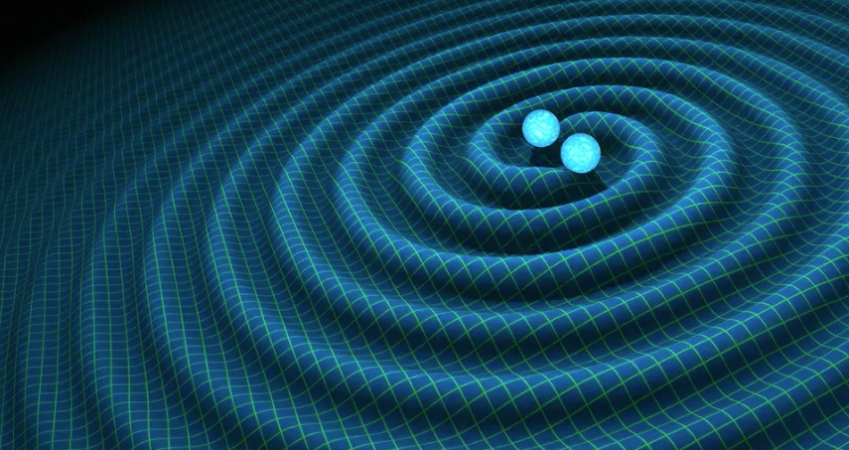Scientists have produced the most precise predictions yet of space-time ripples caused when two black holes pass close by each other without merging. Published May 14 in Nature, the study shows abstract math from theoretical physics can effectively model these gravitational waves, enhancing our ability to interpret data.
Gravitational waves are distortions in space-time caused by massive objects like black holes or neutron stars, first predicted by Einstein’s general relativity in 1915 and directly detected in 2015. These waves help astronomers study violent cosmic events.
To analyze signals detected by instruments like LIGO and Virgo, extremely accurate wave models are needed. Previously, simulations used supercomputers to track black hole mergers step-by-step, which is effective but slow and computationally costly.
Led by Mathias Driesse of Humboldt University, the team focused instead on “scattering events,” where two black holes swirl close due to gravity and then separate without merging, emitting strong gravitational waves. Using quantum field theory—usually applied to particle physics—they calculated outcomes like deflection, energy radiated, and recoil, advancing through five levels of complexity (the fifth post-Minkowskian order), the highest precision achieved to date.
Co-author Gustav Mogull called this an unprecedented solution to Einstein’s equations, expressing astonishment at their success.
Notably, intricate six-dimensional shapes called Calabi–Yau manifolds—previously considered purely theoretical in string theory—emerged in the energy calculations. This is the first time such mathematical structures have appeared in predictions potentially testable by experiments. Mogull compared this to switching from a magnifying glass to a microscope, revealing previously hidden features in nature’s fabric.
These results will greatly improve future gravitational wave models, crucial for upcoming advanced detectors like the Laser Interferometer Space Antenna (LISA) and the Einstein Telescope, which will require more precise theoretical predictions to match their sensitivity.

